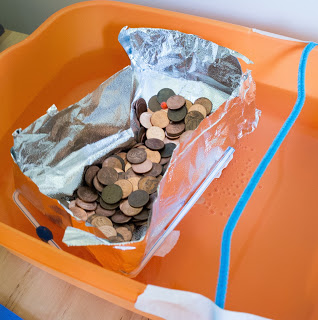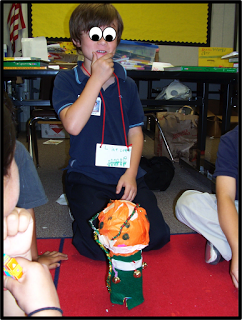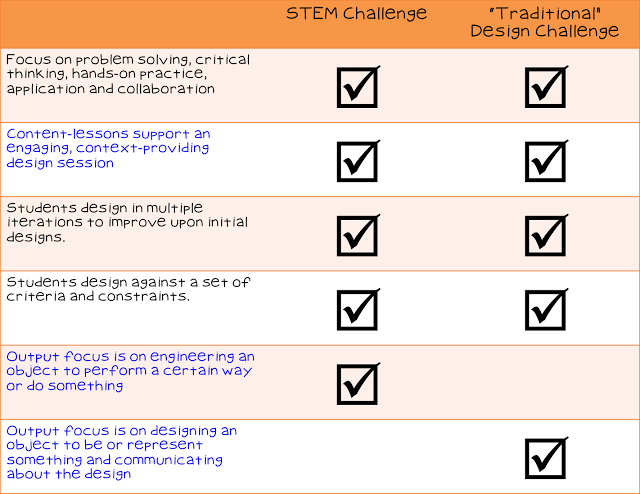In my last post, “In a Test-Weary World, Design!“, I laid out a chart comparing and contrasting STEM Design vs.”Traditional” Design. You might wonder why the “Traditional” is in quotation marks. Many people would consider traditional design in line with project-based learning (PBL). In a PBL approach, a content is typically taught through formal lessons first, with a design project/challenge serving as the application of knowledge at the end of a unit of study.
My view of traditional design is what I have traditionally used in my classroom, which is much more in line with Doreen Nelson’s Design-Based Learning (DBL). This is due in part because I received a Master’s degree in DBL, but moreso because I have firsthand proof to how effective and engaging DBL can be. Over the years, I’ve taken enough liberties with the methodology that I probably can’t call what I’m doing true DBL, but certainly, I apply many of its tenets.
DBL applies Backwards Thinking™, which I will describe in greater depth in the next post. The defining characteristic of
Backwards Thinking™ is that students respond to design challenges before conducting research or participating in formal lessons. This leads to more innovative designs; designing post-instruction often leads to replication of that which already exists. Design pre-research also has the added benefit of providing context for scaffolding learning and provides opportunities for students to apply new learning in design revisions. In short, my view of “traditional” is actually a bit backwards!
Let’s revisit the STEM vs. “Traditional” Design Chart. I want to call out the sections in blue font below:
STEM Design: Output focus is on engineering an object to perform a certain way or do something. For STEM, obviously, the focus is on engineering. The challenges include criteria for the object to do something, i.e. carry a capacity, withstand a certain weight, travel a certain distance, etc.
 |
| Student STEM design”boat” to carry as much capacity (measured in pennies) as possible before sinking. |
“Traditional” Design: Output focus is on designing an object to be or represent something and communicating about the design. “Traditional” design challenges do not require the designed object be able to perform in any way. This opens up opportunities to tie in different types of challenges and potentially more content standards. For example, if the design challenge was to create a never-before-seen (NBS) way to provide a city with energy, students are not expected to build a working prototype. Instead, they create a model and speak to how they envision it working. Students learn to ask and answer questions about designs and think on their feet.
 |
| Student answers questions from peers about his NBS way to provide power to an NBS city. |
If you’re thinking of trying design challenges in your classroom, both STEM and “Traditional” are fantastic options. I recommend both – and often! My advice is just to dive right in. You really can’t go wrong, and you’ll get better at integrating content and squeezing every last drop from a challenge with experience. In the interim, there are pre-made lessons and many resources out there for beginners. (Shameless plug: Visit my store for examples!)
I’ll be adding to this series over the next few months, but feel free to leave any questions you might have below. I’m always happy to help people get started with design in the classroom!
Next time: More on Doreen Nelson’s DBL/
Backwards Thinking™ and creating effective Criteria/Constraints lists for challenges.




